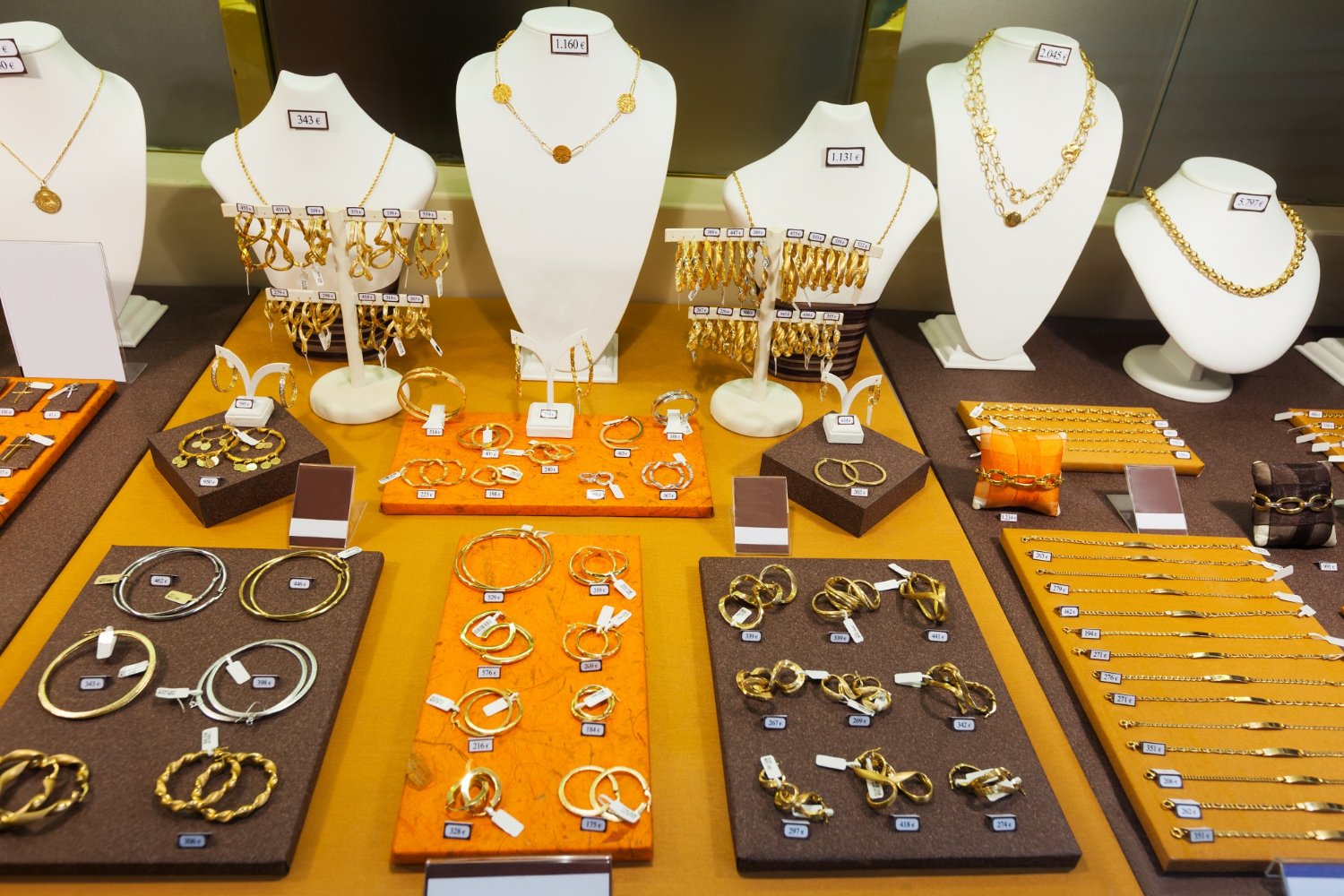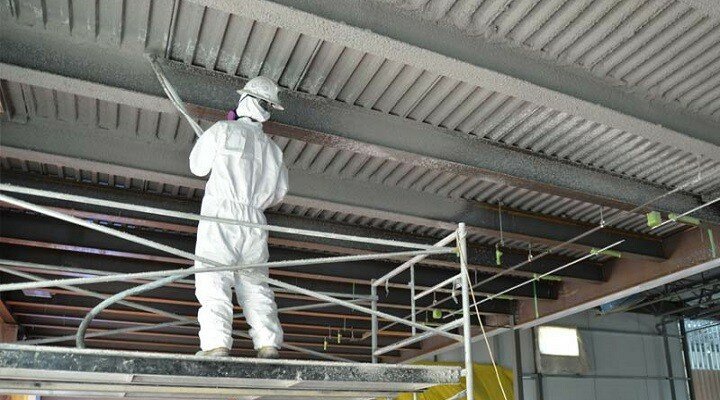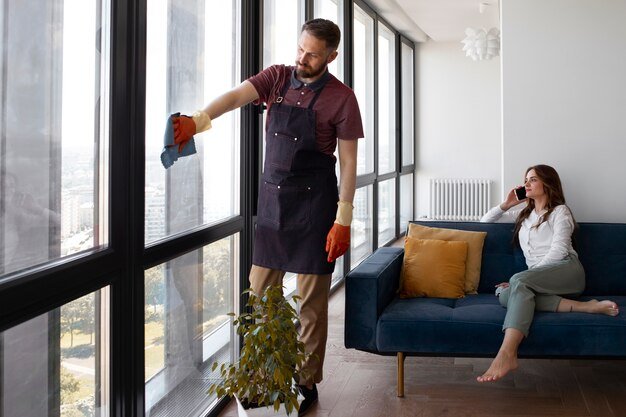Peru boasts a rich cultural heritage, vibrant traditions, and strong social norms that influence its business world. For foreign business professionals looking to engage with Peruvian companies, understanding the nuances of business etiquette, including the seating hierarchy in meetings, is essential for building trust and successful partnerships. In Peru, the seating arrangement during business meetings is not just a matter of protocol but reflects respect for rank, seniority, and the importance of relationships in the business context.
This article will explore the cultural significance of Business Seating Hierarchy in Peru settings, how to navigate it correctly, and tips for conducting business meetings that align with local customs.
The Cultural Significance of Seating Hierarchy in Peru
In Peru, traditional values that emphasize respect for authority, seniority, and relationships shape the business environment. This cultural foundation shapes various aspects of business interactions, including how people structure and conduct meetings. Seating hierarchy is one of these elements, reflecting the social dynamics and respect for individuals based on their position within the company or group.
Seating hierarchy in Peru is closely linked to the principles of personalismo, which places great importance on interpersonal relationships and knowing one’s counterpart in a business context. Business dealings often rely on building trust and respect. Following local customs, such as seating arrangements, shows cultural awareness and professionalism.
Key Considerations in Peruvian Business Seating Hierarchy
Following the appropriate seating arrangement during business meetings in Peru can make a positive impression and facilitate smoother interactions. Here are a few important factors to keep in mind:
- Respect for Seniority and Rank: In Peruvian business culture, seniority and rank play a significant role in determining the seating arrangement. The most senior person from the hosting side usually occupies a prominent seat, often at the head of the table or the center of the seating area. This position signifies leadership and command over the meeting’s proceedings. Likewise, hosts seat high-ranking guests in positions of honor to show respect for their status.
- Host and Guest Roles: Typically, the host sits at the head of the table or in a central position, facing the entrance of the room. This seat represents the control and direction of the meeting. The host seats guests of honor or senior representatives from the visiting side nearby, showing respect and acknowledging their status.
- Proximity to the Head of the Table: The closer you are seated to the head of the table, the more authority you are perceived to have within the group. Subordinates or less senior members of the team usually occupy seats farther from the host. This arrangement helps establish the chain of command and clarifies the roles of each participant during the meeting.
- Gender Considerations: While Peru has a modern business culture that is becoming increasingly inclusive, traditional values still play a part. In some situations, especially with older or more traditional companies, people may offer men more prominent seats than women, reflecting historical gender roles. However, this practice is evolving, particularly in urban business environments where there is a stronger push for gender equality in the workplace.
- Informal Meetings: In less formal settings, such as business lunches or casual gatherings, the seating hierarchy may be more relaxed. However, it’s still courteous to let the host guide seating arrangements, as this shows respect for their role and the hospitality they offer.
Navigating Seating Hierarchy as a Foreigner
To build strong relationships in Peru, foreign business professionals should show an understanding of and respect for local business customs. Here’s how to navigate seating hierarchy effectively:
- Observe and Follow the Host’s Lead: When entering a meeting room, wait for the host or the most senior person present to indicate where you should sit. This is a sign of respect for their leadership and authority. If the seating arrangement is unclear, politely ask where to sit. This shows your respect for local customs.
- Seat Senior Representatives Accordingly: If you are leading a delegation, ensure that your senior representatives are seated near the host or in positions that reflect their status. This demonstrates that you value their rank and understand the importance of hierarchy in Peruvian business culture.
- Be Attentive to Non-Verbal Cues: Pay attention to non-verbal cues and the dynamics within the room. Peruvian businesspeople often use subtle body language and gestures to communicate respect or indicate seating preferences. Observing these cues can help you align your behavior with the expectations of the meeting.
- Adapt to the Setting: If the meeting is more informal or social, such as a business dinner, the seating hierarchy may be less rigid. However, it is still advisable to allow the host to guide the seating arrangements to avoid inadvertently offending anyone.
Tips for Conducting Effective Business Meetings in Peru
Beyond seating arrangements, there are additional cultural nuances to consider when conducting business meetings in Peru:
- Build Relationships First: In Peru, business is often conducted through established relationships. Before discussing business, engage in small talk, show genuine interest, and build rapport with your counterparts. This sets a positive tone for the meeting and signals your respect for the personalismo aspect of Peruvian culture.
- Dress Appropriately: Business attire in Peru is typically formal, especially in traditional sectors such as finance, law, and government. People expect men to wear suits, while women should choose professional dresses or suits. Dressing appropriately conveys respect for the meeting and the participants.
- Time Considerations: While punctuality is valued, Peruvian business culture is somewhat flexible with time. Meetings may not always start on the dot, and discussions can extend longer than planned. Being patient and accommodating in these situations shows respect for the local business culture.
- Decision-Making: Decision-making in Peru can be a slower process, often involving multiple levels of approval and discussion. Avoid pressing for immediate decisions and instead allow time for your counterparts to consult internally and deliberate.
Conclusion
Understanding the business seating hierarchy in Peru is an essential aspect of navigating the country’s business culture successfully. Recognizing rank, seniority, and host roles during meetings shows cultural sensitivity. This respect for local customs fosters trust and smooth business interactions. Foreign professionals can establish strong partnerships by observing proper seating etiquette, building relationships, and adapting to Peruvian business practices. This approach contributes to successful negotiations and collaborations in this dynamic market.











